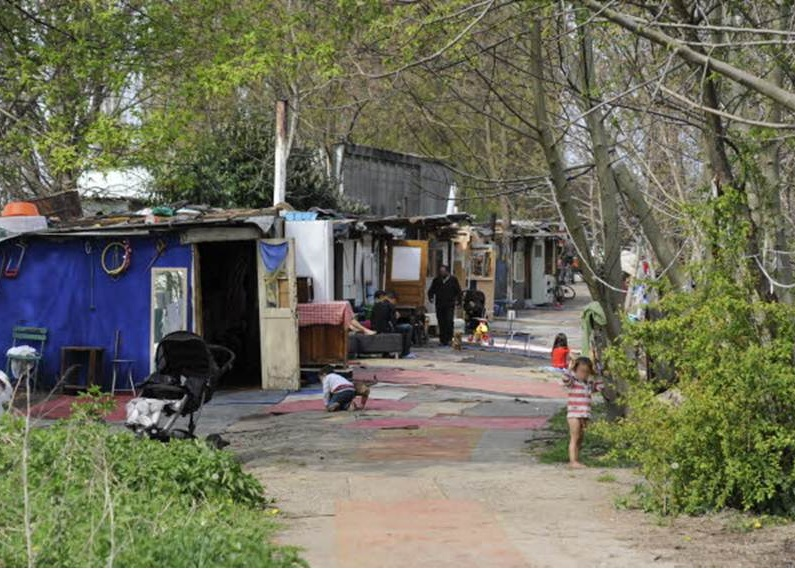Written by Anita Orav,
Around 6 million Roma, or about half of the estimated Roma population in Europe, live in the European Union. Bulgaria, Slovakia, Romania and Hungary are the Member States with the highest percentages of Roma within their populations. International Roma Day, which falls on 8 April, provides an opportunity to discuss the situation of Roma, the largest ethnic minority in Europe.
EU framework
Member States have the competence to define their policies in this area, while the EU acts as coordinator.
European Commission

In 2011, Member States were required to adopt national strategies for the years up to 2020, following common targets specified in the EU Framework for National Roma Integration Strategies. Four key areas for measures were identified: education, employment, healthcare and housing. The national strategies were assessed by the Commission in 2012 and their implementation in 2013, 2014 and 2015.
The EU provides funding for national inclusion measures through the European Structural and Investment Funds, with several areas also falling into the Europe’s 2020 strategy for Smart and Inclusive Growth.
The Commission also recommends making full use of the National Roma Contact Points’ network and the annual European Platform for Roma Inclusion, which brings together the EU institutions, national government and international organisations with Roma civil society organisations, to foster successful inclusion at the grassroots level.
Roma Summits are organised by the European Commission regularly to provide a high-level forum to discuss Roma issues among the representatives of EU institutions, national governments and civil society organisations.
Council of the EU
The Council gave impetus for closer cooperation between the Commission and the Member States in its 2009 Conclusions on Inclusion of the Roma. In 2013, the Council adopted a Recommendation on effective Roma integration measures in the Member States.
European Parliament
The European Parliament has expressed its views on the inclusion strategies as well as on the situation of Roma on several occasions, most recently in its resolutions of 12 December 2013 and 15 April 2015.
This is an updated version of a note published for the April 2015 plenary session.
Read this At a Glance note on ‘EU policy for Roma inclusion‘ in PDF.

In absolute figures (top graph) and as percentage of total population (lower graph)








Be the first to write a comment.